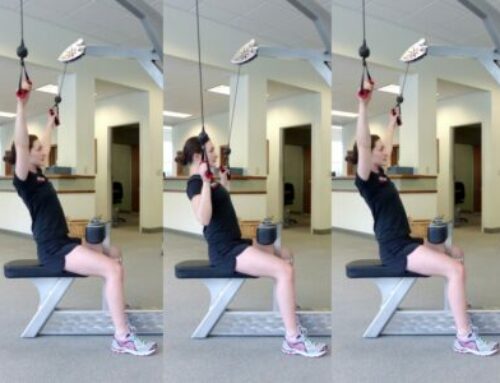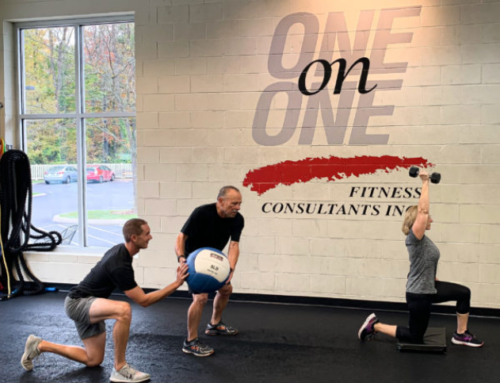By Bruce Burke
Last Updated: 10/1/23
For the last several years, HIIT (High Intensity Interval Training) has become increasingly popular. When properly designed, these workouts can be very effective. Unfortunately, many HIIT participants (and instructors) gauge the effectiveness of these workouts by how hard they are with no regard for how smart they are. While this “cheap intensity” might be okay for some young, healthy individuals, it isn’t for most.
We all know what high intensity is. Achieving that intensity by any means possible is what we refer to as “cheap intensity”. I remember years ago a well-respected fitness professional I admired commented on the state of the personal training industry by saying that “anyone…and I do mean anyone…can put a person through a hard workout”. His point was that if we were going to overcome the public’s perception of what a personal trainer was, it was up to us to reinvest ourselves in learning the latest programming concepts and to educate our clients on them.
Now, as videos and virtual group sessions have become a more prominent delivery method for guided fitness training, we see a LOT of cheap intensity. Unfortunately, it makes sense. They are done for a broad, varied group of people and by their nature must be generic. In the end, how are most people going to judge the experience? You guessed it…by how hard it was. This is a problem for all but the most fit.
At One on One, we are proponents of HIIT, but are very deliberate and thoughtful with our program design. By its nature, HIIT is taxing. As a result, participants can get into “survival” mode and attempt to complete the workout at all costs. This often leads to dangerous compensatory movements (bad form) and improper muscle recruitment, becoming a recipe for injury.
Here are some tips that can help you avoid “cheap intensity” and injury.
- Avoid repetitive movements – It’s common for “cheap intensity” workouts to essentially consist of the same movement patterns. Here’s an example:
- 10 Burpees
- 15 Bodyweight Squats
- 20 Mountain Climbers
- 5 rounds in 5:00 minutes
The general public (and many trainers) may see this as a killer bodyweight workout that can be done anywhere. The reality is that this workout has over 200 reps of repeated hip flexion. This workout can tighten the hip flexors and strain the lower back. Is this what we want while going for the burn?
- Sequencing – Consistent with avoiding repetitive movements, the sequencing of exercises in your HIIT circuit makes all the difference when considering cost/benefit of exercise selection. Workouts must be designed with exercises that complement each other.
- Address movement dysfunction – Dysfunction and HIIT is a recipe for problems. If you cannot perform a perfect bodyweight squat, expect compensations when you try to squat or do motions like squats at a higher intensity. How do you discover your movement quality? The best way is to get a Functional Movement Screen. The screen will identify movements that are functional, limited, and/or dysfunctional allowing us to intelligently design your HIIT protocols.
- Remember the F.I.T.T. principle – Frequency, Intensity, Time and Type (F.I.T.T.) are all factors to consider when designing your training sessions. With this principle in mind, it’s easy to see that HIIT training isn’t the only path to getting fit. In fact, a well-balanced application of all these factors produce sustainable results. As you approach your training, remember that an increase in one factor (i.e. intensity) should be accompanied with a corresponding decrease in another (i.e. time).
The Bottom Line
Anybody can dream up a high intensity workout, but it takes careful consideration and enough know-how to get quality intensity from your workouts. With more of us using videos or participating in generic virtual group training, we must be more vigilant than ever. Doing so will allow us to enjoy the benefits of exercising regularly and be healthy and happy for the long-term.





